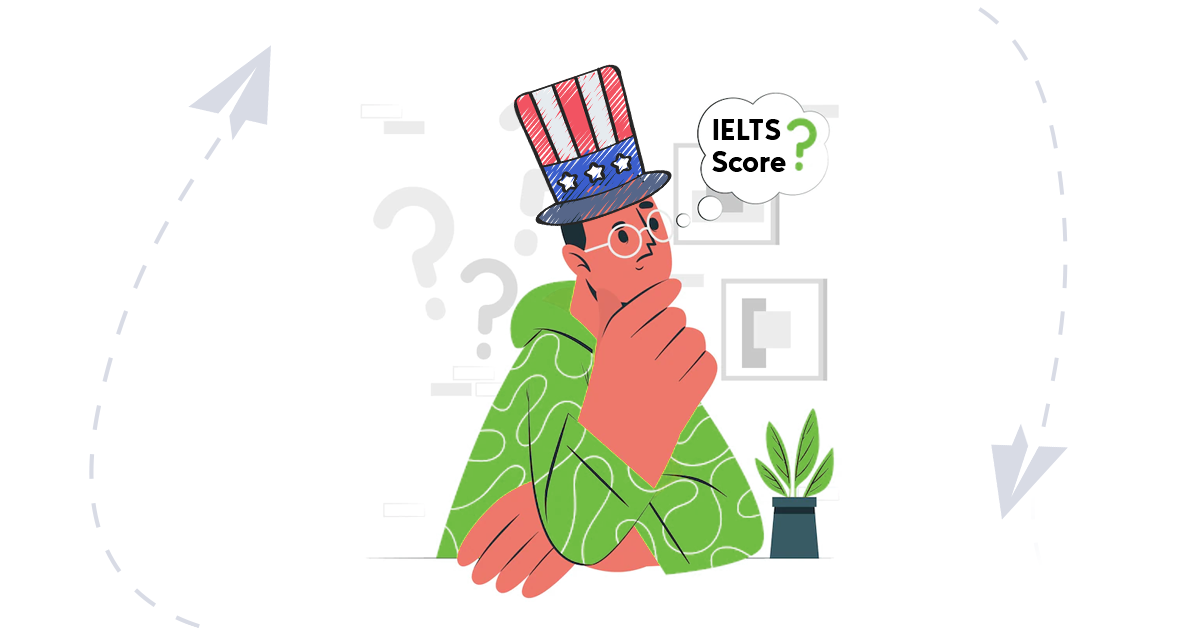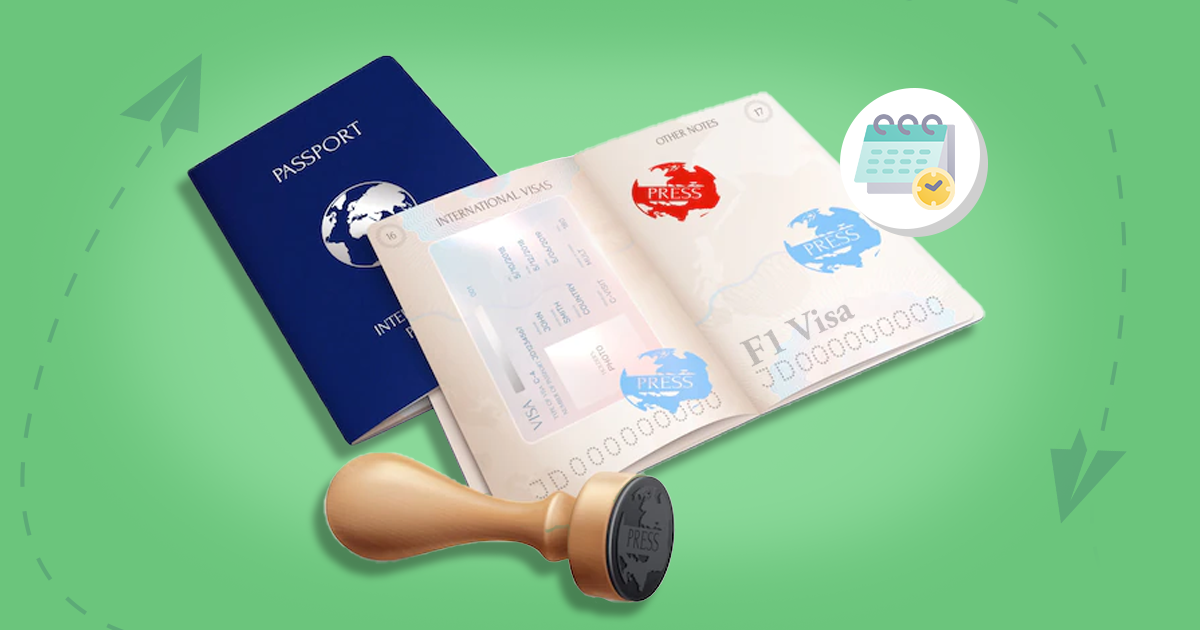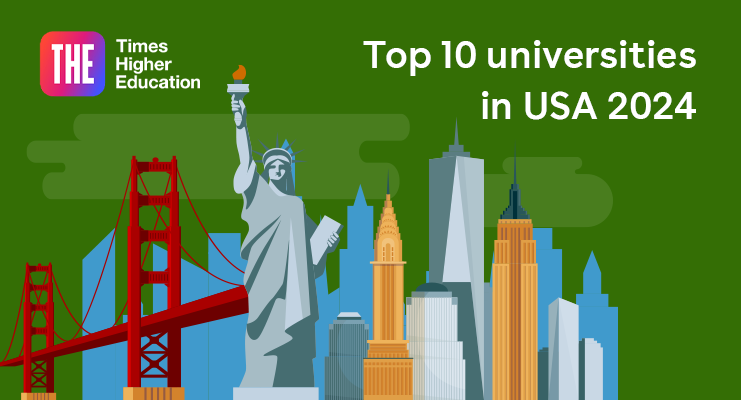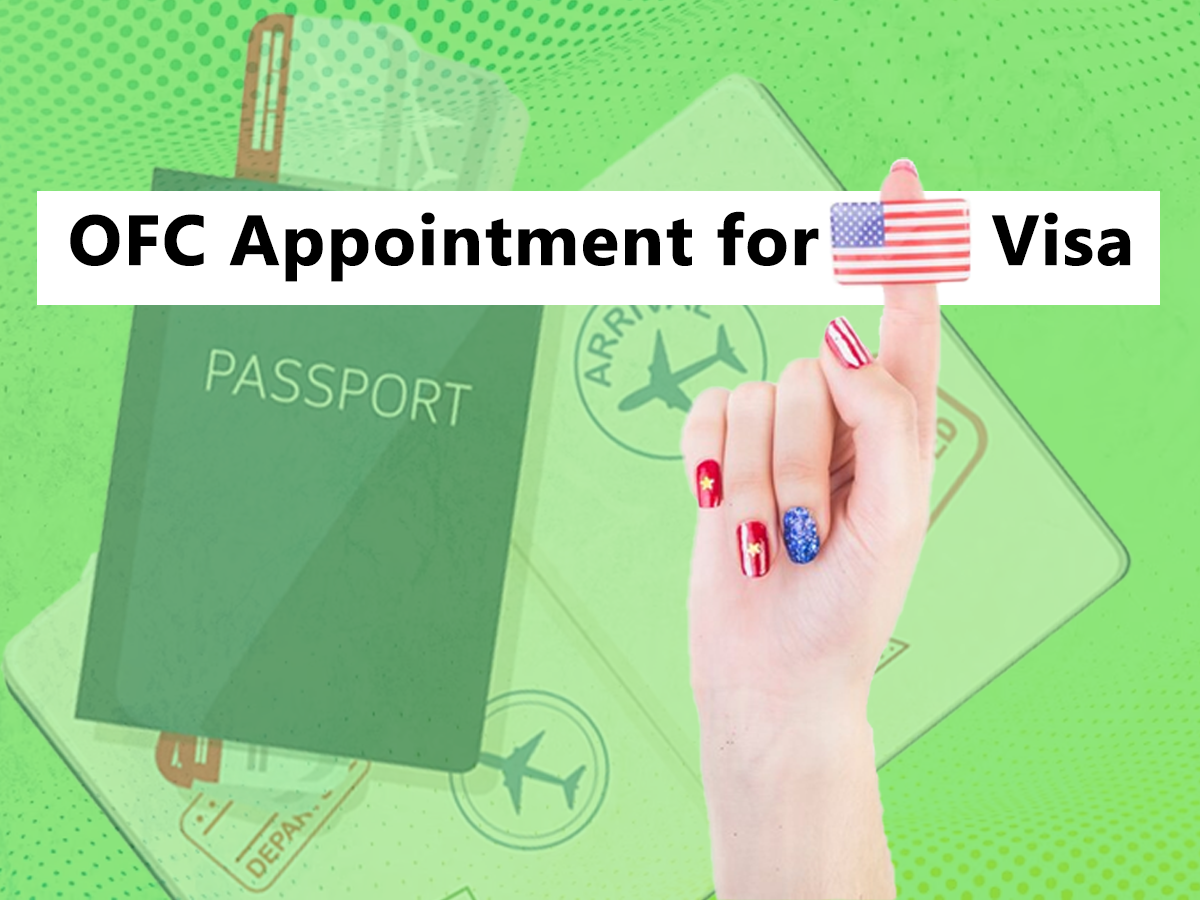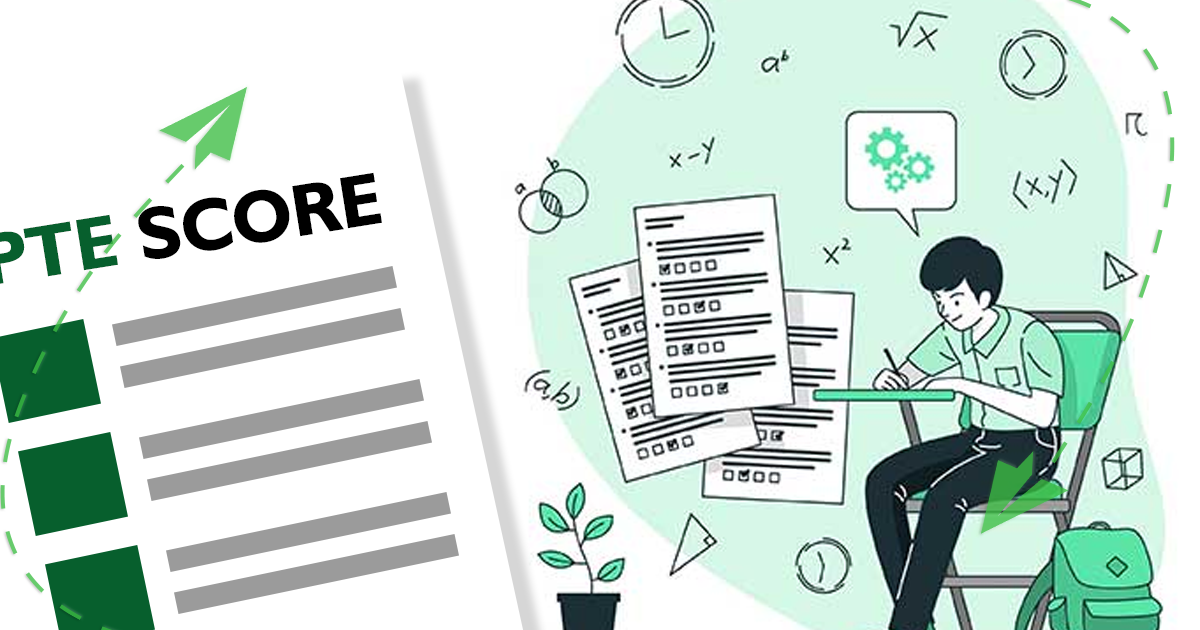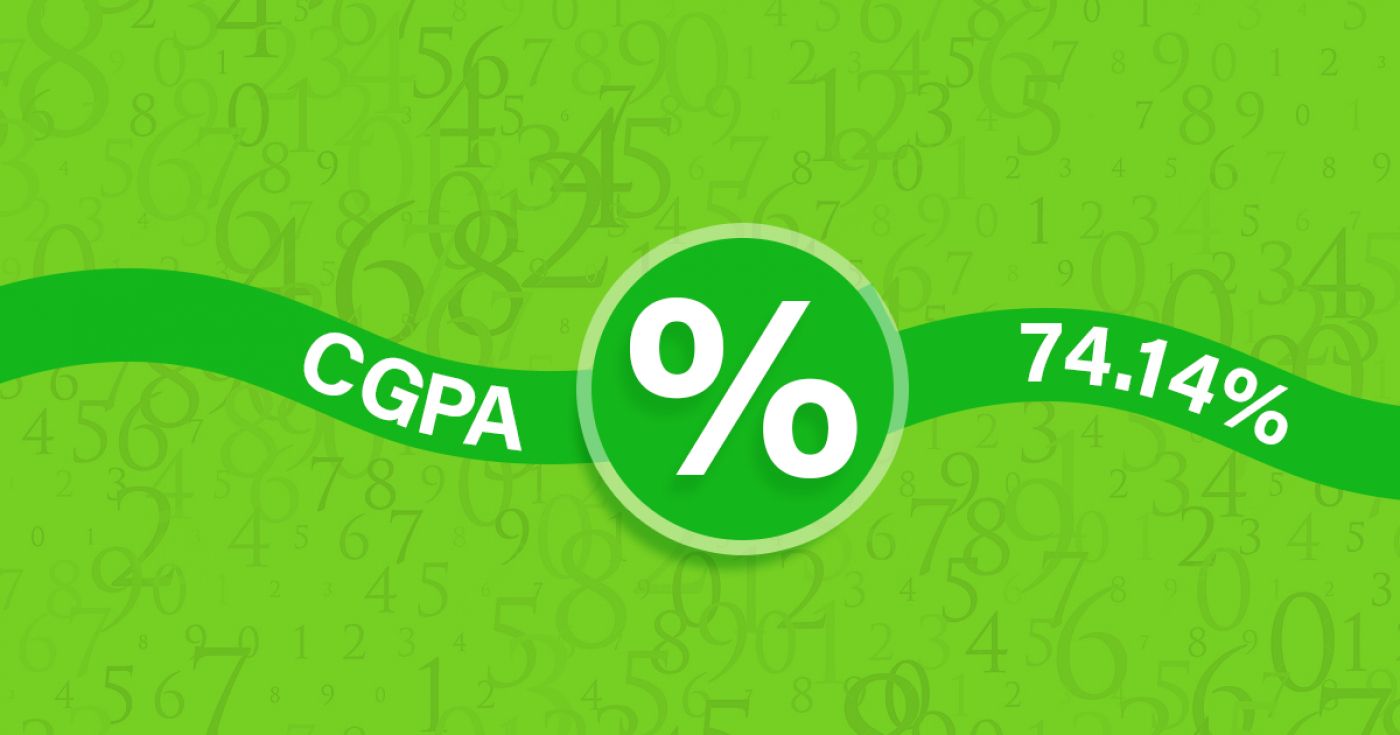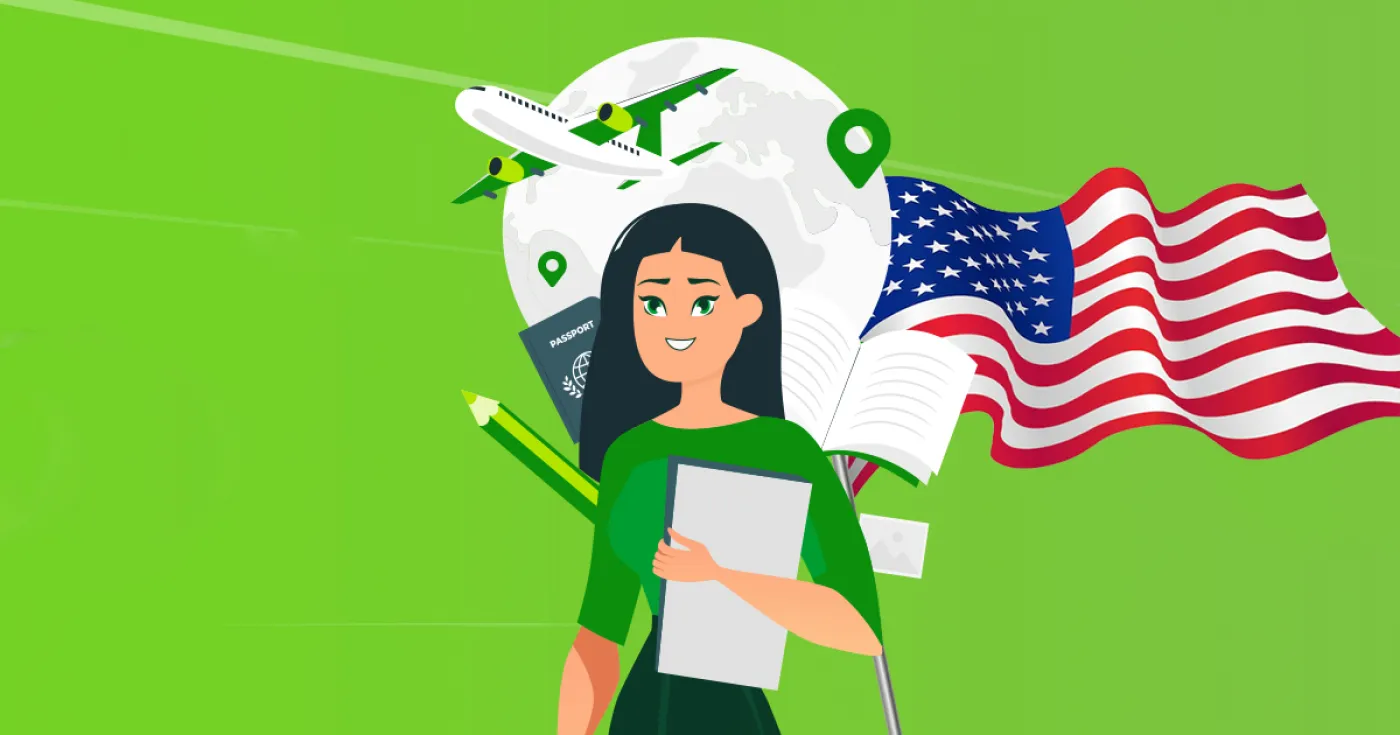Associate in Applied Science - Automotive Technology
at MSM Group - Spokane Community College USA
Overview
The Automotive Technology program prepares students for employment in many areas of the automotive field including dealerships, independent garages, fleet shops, service stations, and specialty shops which cover areas such as tune-ups and brakes. Students may enter the program only in the first quarter. The one-year certificate requires completion of any three quarters of the Automotive Technology program and the four related classes identified in footnote 1. This flexible schedule also enables students to receive short-term certificates while pursuing their degree. Students must complete all courses with a 2.0 grade or better before advancing to subsequent quarters.
Learning Outcomes
- Describe how an automotive heating, ventilation, and air-conditions system works.
- Discuss the refrigerants used and their impact on the environment.
- Explain airflow management and sensors and actuators used.
- Comprehend the refrigerant recycle importance and effects on the environment.
- Discuss engine constructions, energy and power of an engine.
- Discuss compression ratio, torque and horsepower.
- Discuss synthetic engine oils and their advantages.
- Discuss hybrids engine precautions.
- Learn theory and principles of computerized engine controls, automotive exhaust emissions, and fuel injection and ignition systems.
- Working knowledge of the brake system and component identification.
- Basic knowledge of the diagnostic process of the brak system.
- Working knowledge of the suspension system and component identification.
- Working knowledge of the alignment equipment and basic adjustments.
- Principles of late model automatic transmissions, transaxles and sub-assemblies.
- Operation of automotive manual transmissions and transaxles, differential, transfer case, drive line, and constant velocity joints.
30
Application Processing Days
Under Graduate
Program Level
Fact & Figures
Full Time On Campus
Study Mode
24
Duration
MSM Group - Spokane Community College
Location
Associate in Applied Science - Automotive Technology Assistant Fee
$23978
Tuition Fee
$0
Average Cost of Living
$100
Application Fee
Associate in Applied Science - Automotive Technology Admissions Requirements
- Minimum Level of Education Required: To be accepted into this program, applicants must have Grade 12 / High School Diploma.

Get superfast admissions at top Associate in Applied Science - Automotive Technology institutes in 2024
Benefits of choosing
➤Admission’s guaranteed at Top institutes across the world.
➤Enjoy exclusive application fee waiver’s with Edmissions.
➤Unlimited FREE Counselling sessions with Edmission’s
Experts
➤Get Tips from industry veterans to crack the IELTS exam in 1
week.
➤Assistance with scholarships, loans, forex, student accommodation and visa guidance.
Work Permit USA
Optional Practical Training or OPT is a period during which students, who have completed their degrees in the USA, are permitted to work for one year on a student visa by the United States Citizenship and Immigration Services (USCIS). OPT allows students to work for up to 3 years and develop real-world skills to survive in the competitive jobs market.
It is temporary employment for a period of 12-months that is directly related to the major area of study of an F-1 student. Eligible students have the option to apply for OPT employment authorization before completing their academic studies and/or after completing their academic studies.
A student can participate in three types of Optional Practical Training (OPT):
- Pre-Completion OPT: This is temporary employment provided to F-1 students before completion of their course of study.
- Post-Completion OPT: This is temporary employment available to F-1 students after completing their course of study.
- 24 Month STEM Extension: Students enrolled in STEM (Science, Technology, Engineering, and Mathematics) courses can a 24-month extension after their initial Post-Completion OPT authorization.
Detailed Program and Facts
30
Application Processing Days
Full Time On Campus
Program Intensity
Under Graduate
Program Level
24
Duration
Study Visa
Other Courses by MSM Group - Spokane Community College,USA
Architecture and Construction
Associate in Applied Science - Landscape Management
The Landscape Management program provides a study of ornamental plant materials and turf and how they relate to landscape design, construction, installation, maintenance, bidding & estimating, irrigation and arboriculture. The curriculum is built around landscape certified competencies. This program is accredited by the National Association of Landscape Professionals (NALP). At the successful completion of the second year, passing all required coursework, the student will receive the associate in applied sciences degree.
The following is a typical student schedule. Individual student schedules may differ slightly depending on course availability. Courses may only be offered in the quarter indicated. Outlined curriculum assumes students begin the program fall quarter and continue winter and spring quarters, with summer quarter off. It is recommended that students work closely with the program advisor when planning classes.
Learning Outcomes
- Apply planting and maintenance practices to lawns, trees and shrubs during the course of a year.
- Apply concepts of landscape design, construction, and installation of residential and small commercial projects.
- Understand and apply the concepts of residential irrigation.
- Diagnose causes of plant problems (i.e. insect, disease, and abiotic problems) and suggest appropriate remedies.
- Understand and apply the principles of weed science to landscape weed management.
- Understand and apply the principles of business management and human relations to agribusiness management.
24 month
Duration
$ 19627
Tuition
Engineering & Technology
Associate in Applied Science - Mechatronics (STEM)
From smart phones to autonomous cars, electronic technology is an integral and constantly changing part of our world. An Electronics Engineering Technician degree provides the foundation necessary to pursue a career in this exciting field.
This lab intensive program provides practical, hands-on experience with a variety of equipment used in the industry. Classes are designed to develop the skills necessary to help engineers develop new electronic products and to evaluate, test, troubleshoot, and repair existing products. Graduates find employment with a wide variety of companies including electronic equipment manufacturers, medical equipment manufacturers, service companies, and hospitals.
To qualify for an associate in applied science degree, students must successfully complete seven quarters of study. The first five quarters are common to all the electronics programs. Students then choose to specialize in Avionics, Applications, or Mechatronics.
Learning Outcomes
- State the characteristics of electronic components and circuits.
- Calculate circuit parameters.
- Demonstrate proper safety procedures.
- Construct electronic parameters.
- Use electronic test equipment to evaluate and troubleshoot electronic circuits.
- Explain career related regulatory requirements.
24 month
Duration
$ 25190
Tuition
Marine Sciences
Associate in Applied Science - Wildlife/Fisheries
The associate in applied science degree in Natural Resource Management prepares students to work in the forestry area. This program is conditionally accredited by the Society of American Foresters. Two additional options are available: Parks and Recreation or Wildlife Fisheries. The Parks and Recreation option prepares students for park maintenance and/or interpretive positions. The Wildlife/Fisheries option prepares students to perform field sampling as well as habitat restoration work.
All students must complete an internship of at least 400 hours to complete the degree. Second year: Student may remain in the main program which is forestry based, or they may select one of the two options for an AAS degree which requires a total of 105 credits.
Learning Outcomes
- Identify selected forest trees, shrubs, and forbs native to the Pacific Northwest.
- Use various instruments to measure the height, diameter and age of trees and apply this data to volume, site and growth determinations.
- Identify species and habitat needs of common northwest freshwater fish, birds and wildlife.
- Operate hand compasses, level, global positioning systems, and electronic instruments in determining slopes, turning angles, running traverses, locating ownership boundaries, and determining locations.
- Utilize maps and aerial photographs in the management of natural resources, including through the use of geographic information systems.
- Recognize common diseases and insect pests of forest trees and assess their damage.
- Use the computer as a tool for solving natural resources problems.
- Apply field techniques to sample, measure, and monitor wildlife, birds and fish species and their habitat.
- Demonstrate human relationship skills and professional behavior needed for successful job performance.
- Parks maintenance and equipment.
- Recognize and apply the various silvicultural systems and techniques used in ecosystem management.
- Understand concepts of ecology, conservation and management for fish and wildlife species and their habitats.
- Understand concepts involved in soil science including soil management, conservation, and use of soils in forestry and agriculture.
- Maintain and safely operate a chainsaw.
- Write technical reports and give presentations.
24 month
Duration
$ 20217
Tuition
The Automotive Collision and Refinishing Technician program teaches the skills necessary to succeed in the automotive collision repair industry. Instruction is primarily in a shop situation where field conditions are simulated. Students are able to learn by demonstration and direct hands on experience.
Students are instructed in a wide range of skills, including welding, sheet metal repair and replacement, fabrication and restoration techniques, frame and unibody repair, as well as repair and replacement of structural components.
The refinishing portion of our program provides students with a comprehensive education in modern refinishing techniques and materials, as well as material and damage estimation. Students will learn all phases of substrate preparation, color matching and application of the latest paint materials including water born products.
Learning Outcomes
- Understand the characteristics of metal and the principles of metal correction.
- Repair damaged bodies, frames, suspensions and sheet metal; remove and replace glass.
- Refinish complete vehicles and spot damaged areas with the latest in refinishing products and equipment.
- Estimate damage costs.
- Understand automotive electrical principles and minor services.
- Weld (wire feed) to industry standards.
- Understand basic shop operation.
- Understand hazardous waste management.
- Demonstrate shop safety practices.
24 month
Duration
$ 22336
Tuition
Computer Science & IT
Associate in Applied Science - Software Development
The software development program trains students in current web and desktop application development using diverse industry technologies. Software development is an evolving field of study requiring continuing education and the ability to adapt to constant change. Graduates from this program acquire problem solving skills, are encouraged to work independently and as a team, and be ethical in all interactions.
Learning Outcomes
- Learn programming concepts and techniques that enable students to be a lifetime learner as technology evolves.
- Understand and implement cost effective and efficient web sites.
- Understand how to properly create, store, and retrieve data from a normalized database.
- Solve problems while developing software or web sites.
- Communicate with clients while developing software or web sites.
- Demonstrate responsibility for meeting deadlines and addressing client needs.
- Understand how technology relates and impacts society.
- Design, develop, deploy and maintain software and web development projects specified by a client.
- Demonstrate professionalism and flexibility.
- Develop research skills and techniques.
24 month
Duration
$ 19845
Tuition
Agriculture, Forestry & Animal Sciences
Associate in Applied Science - Small Farm Production
The Small Farms program provides students with knowledge and practice in food production. Graduates of the program are experienced in topics including plant propagation, crop science, pest and disease diagnosis, greenhouse operation, farm marketing, and business management. At the successful completion of the second year, passing all required coursework, the student will receive the associate in applied sciences degree.
The following is a typical student schedule. Individual student schedules may differ slightly depending on course availability. Courses may only be offered in the quarter indicated. Outlined curriculum assumes students begin the program fall quarter and continue winter and spring quarters, with summer quarter off. It is recommended that students work closely with the program advisor when planning classes.
Learning Outcomes
- Apply the concepts of floral design and management to a commercial florist business.
- Apply growing and maintenance practices to greenhouse and container grown stock during the course of the year.
- Identify and be able to care for the major indoor plants used in interiorscaping.
- Understand and apply the principles of business management and human relations to agribusiness management.
24 month
Duration
$ 19563
Tuition
Health Sciences, Nursing and Emergency Services
Associate in Applied Science - Invasive Cardiovascular Technology
The invasive cardiovascular technologist is a health care professional who, through the use of specific high-technology equipment and at the direction of a qualified physician, performs procedures on patients leading to the diagnosis and treatment of congenital and acquired heart disease, and peripheral vascular disease.
As a member of the cardiac catheterization team, the cardiovascular technologist is a surgical scrub assistant, monitors the patient's condition and operates other "CATH Lab." equipment.
The most important "CATH Lab" studies are coronary angiography, percutaneous coronary intervention (where stents, balloons, plaque removal devices, and other treatments to restore blood flow are deployed), right heart catheterization (where blood flow measurements are made), electrophysiology (where irregular heartbeats are created, studied and treated) and pacemaker implantations.
Learning Outcomes
- Demonstrate collaboration and effective communication among all health care team members in the delivery of cardiac care in all patient settings.
- Analyze information and research and apply it in the health care setting.
- Apply the principles of cultural awareness formulating appropriate modifications to health care plans to accommodate cultural differences.
- Design and implement appropriate treatment plans in all healthcare settings where cardiac care is delivered.
- Apply advanced cardiac care competencies in all health care settings.
24 month
Duration
$ 22729
Tuition
Architecture and Construction
Associate in Applied Science - CAD Design and Drafting (STEM)
The CAD Design and Drafting program prepares students with the skills necessary for drafting and design using both CAD drafting and solid modeling techniques. The course of study prepares students to work in a wide range of engineering disciplines, including engineering teams for large and small manufacturing firms, consulting engineering firms, testing, and research companies to gain employment as computer-aided drafters and engineering designers.
Students not only learn to draft using CAD and solid modeling techniques, but also get “hands-on” practical experience in 3D printing, engineering design projects, and by learning fabrication processes used in industry. Coursework includes a balance of basic skills in math and communications, as well as a practical application of relevant computer-assisted drafting skills in several engineering disciplines, including mechanical, civil and structural engineering; mechanical design in building systems; electrical and fluid power schematics; and fabrication/piping drafting.
Learning Outcomes
- Use the systems, symbols, language and mechanics of the drafting field.
- Skillfully apply computers and engineering office software for documentation, communication, design, and drafting.
- Identify, solve, and apply engineering calculations relevant to a full drafting and design project.
- Work productively in a team environment and/or as an independent drafter/designer when required.
- Work with the sense of responsibility and accuracy required in the field of engineering design and drafting.
- Develop individual and full sets of drafting projects including shop drawings, assembly drawings, schematics, and construction plans using 2-D CAD and 3-D CAD solid modeling.
- Create accurate solid model computer files to transfer to rapid prototypes, CNC use, shop drawings, or engineering designs.
- Identify and select appropriate materials and processing of materials used in industry for a design project.
- Demonstrate basic shop practices in woods, metals, plastics, and composites, including machining, fabrication/welding, assembly and testing for design prototypes.
- Demonstrate global awareness of the impact of efficiency, effectiveness, cost, and sustainability in design.
24 month
Duration
$ 19374
Tuition
Architecture and Construction
Associate in Applied Science - Architectural Technology
The Architectural Technology program prepares students to become CAD drafters for the building design industry. Students focus on gaining proficiency with Computer Aided Drafting (CAD), 3–D modeling and Building Information Modeling (BIM) applications utilizing principles of design, the design process, building codes and building materials as they relate to building projects. This program prepares the drafter to translate ideas, rough sketches, specifications, calculations and existing drawings into drawings used within each phase of the design and construction process.
The first year consists of developing residential building design drawings and documents used by architects and building design engineers. Students use the most commonly used software utilized in the building design industry to gain proficiency in 2–D and 3–D Computer Aided Drafting (CAD). In addition, the first year consists of manual drafting, orthographic projections, freehand sketching, presentation graphics (isometric and perspective pictorial drawing), light construction principles (materials and methods), use of drafting expressions, international residential codes and sustainability issues. Emphasis is placed on architectural construction documents, which include site plans, floor plans, roof plans, footing and foundation plans, framing plans, exterior elevations, building and wall sections, window and door schedules, stair design, interior elevations, details and plumbing, HVAC, electrical and lighting plans. Graphic representation using computer software is used in the production of documents of the common phrases of architectural design including programming, schematic design, design development and construction documents. Utilization of the above is finalized in the development of residential working drawings.
The second year consists of developing architectural working drawings using Computer Aided Drafting (CAD) and Building Information Modeling (BIM) related to commercial building design. Class projects will be developed from a preliminary design utilizing drafting techniques, standards and practices of the profession, including office procedure knowledge, use of building materials; structural framing systems as used in the building industry and study of the International Building Code.
Learning Outcomes
- Understand fundamental architectural drafting concepts and methods.
- Describe and identify residential construction materials and methods of assembly.
- Demonstrate competencies in the development and output of residential construction documents.
- Investigate relevant components of the International Residential Code and apply.
- Distinguish the sequential steps of the design process and project delivery methods.
- Demonstrate competencies in the development and output of commercial construction documents.
- Recognize and classify commercial construction materials, structural systems and methods of assembly.
- Explore sustainable design systems and methods and determine possible integrations with architectural design concepts.
24 month
Duration
$ 19753
Tuition
Health Sciences, Nursing and Emergency Services
Associate in Applied Science - Fire Science Technology
The Fire Science Technology program is designed to prepare students for entry-level careers as firefighters for municipal, industrial, state, and federal fire departments. The primary mission of the Fire Science Technology program is the identification and mitigation of emergencies in order to preserve life and property.
Program Requirements: admittance to the Fire Science Lab classes requires the student's age to be at least 18 or with the instructor's permission. All students are required to carry student accident insurance throughout their enrollment in the Fire Science program. A 2.0 grade or better must be maintained in all courses required for a degree.
Learning Outcomes
- Have a well–rounded technical background for entry into fire service or rescue related fields.
- Apply knowledge and skill to a successful entrance into the fire service.
Handle basic Fire, Rescue, and EMS duties.
The duties of the firefighter include, but are not limited to, extinguishing and controlling fires, performing rescue and evacuation work incidental to fire control, accidents, natural disasters, and other incidents where human life is threatened. Firefighters also render emergency aid to those in need. The responsibilities of fire prevention, inspection, and public relation programs aimed at reducing death and property loss are also undertaken.
24 month
Duration
$ 21281
Tuition
View All Courses by MSM Group - Spokane Community College, USA
Top Study Abroad Exams
Popular Universities to Study Abroad
- University of Waterloo
Waterloo
- University Canada West
Vancouver
- University of Windsor
Windsor
- Cape Breton University
Sydney
- Dalhusie University
Halifax
- Carleton University
Ottawa
- University of Ottawa
Ottawa
- University of Guelph
Guelph
- Explore more colleges in Canada
- University of New Haven
West Haven
- Kent State University
Kent
- Wright State University
Dayon
- San Jose State University
West Haven
- Clark University
Worcester
- Rowan University
Glassboro
- Golden Gate University
San Francisco
- Arkansas
San Francisco
- Explore more colleges in USA
- Coventry University
Coventry
- University of Birminghame
Birminghame
- De Montfort University
Leicester
- Cardiff University
Cardiff
- BPP University
London
- University of West London
London
- University of Nottingham
Nottingham
- University of Warwick
Coventry
- Explore more colleges in UK
- Auckland Institute Of Studies
Auckland
- Massey University - Auckland Campus
Albany
- Eastern Institute of Technology - Auckland Campus
Auckland
- NorthTec - Auckland Campus
Auckland
- Massey University - Manawatu Campus
Palmerston North
- University of West London
London
- Wellington Institute of Technology (WelTec) - Petone Campus
Lower Hutt
- Otago Polytechnic - Dunedin Campus
Dunedin
- Explore more colleges in New Zealand
- Chandigarh University
Mohali
- Parul University
Vadodara
- Sharda University
Greater Noida
- Jain University
Bangalore
- Bennett University
Greater Noida
- Lovely Professional University
Phagwara
- Chitkara University
Rajpura
- Brainware University
Kolkata
- Explore more colleges in India
- Abu Dhabi University
Abu Dhabi
- Gulf Medical University
Ajman
- New York University
Abu Dhabi
- Emirates Aviation University
Dubai
- Higher Colleges of Technology
Dubai
- British University in Dubai
Dubai
- Al Ghurair University
Dubai
- American University in the Emirates
Dubai
- Rochester Institute Of Technology Dubai
Dubai
- Emirates Academy of Hospitality Management
Dubai
- American University of Ras Al Khaimah
Ras Al Khaimah
- Explore more colleges in UAE
- Ras Al Khaimah Medical and Health Sciences University
Ras Al Khaimah
Explore Colleges and Courses in USA
- Arts & Humanities in usa
- Business & Management in usa
- Natural Sciences & Mathematics in usa
- Engineering & Technology in usa
- Computer Science & IT in usa
- Health Sciences, Nursing and Emergency Services in usa
- Social Sciences in usa
- Creative Arts & Design in usa
- Hospitality, Tourism, Wellness Leisure & Sports in usa
- Environmental Studies & Earth Sciences in usa
Latest Blog Posts
Trending Blog Posts
Search, Shortlist, Apply and get accepted! It’s that Simple to pursue your dream to Study abroad with Edmissions. Our team of experts provide you the right guidance that helps you to take admission in your dream college in countries like Canada, the USA, the UK
© 2021-2024 Edmissions - All rights reserved.
TALK TO OUR EXPERTS

